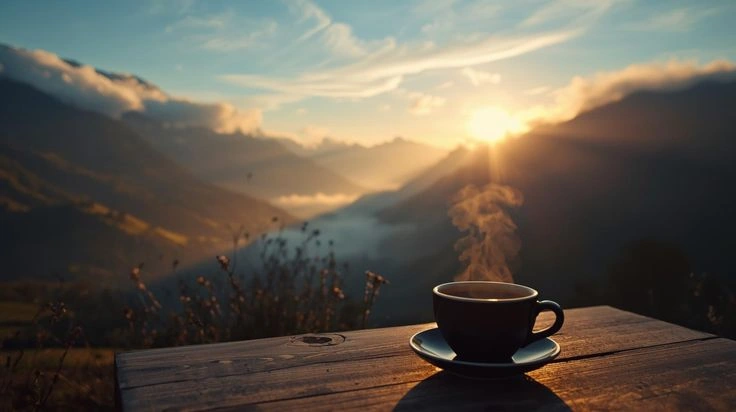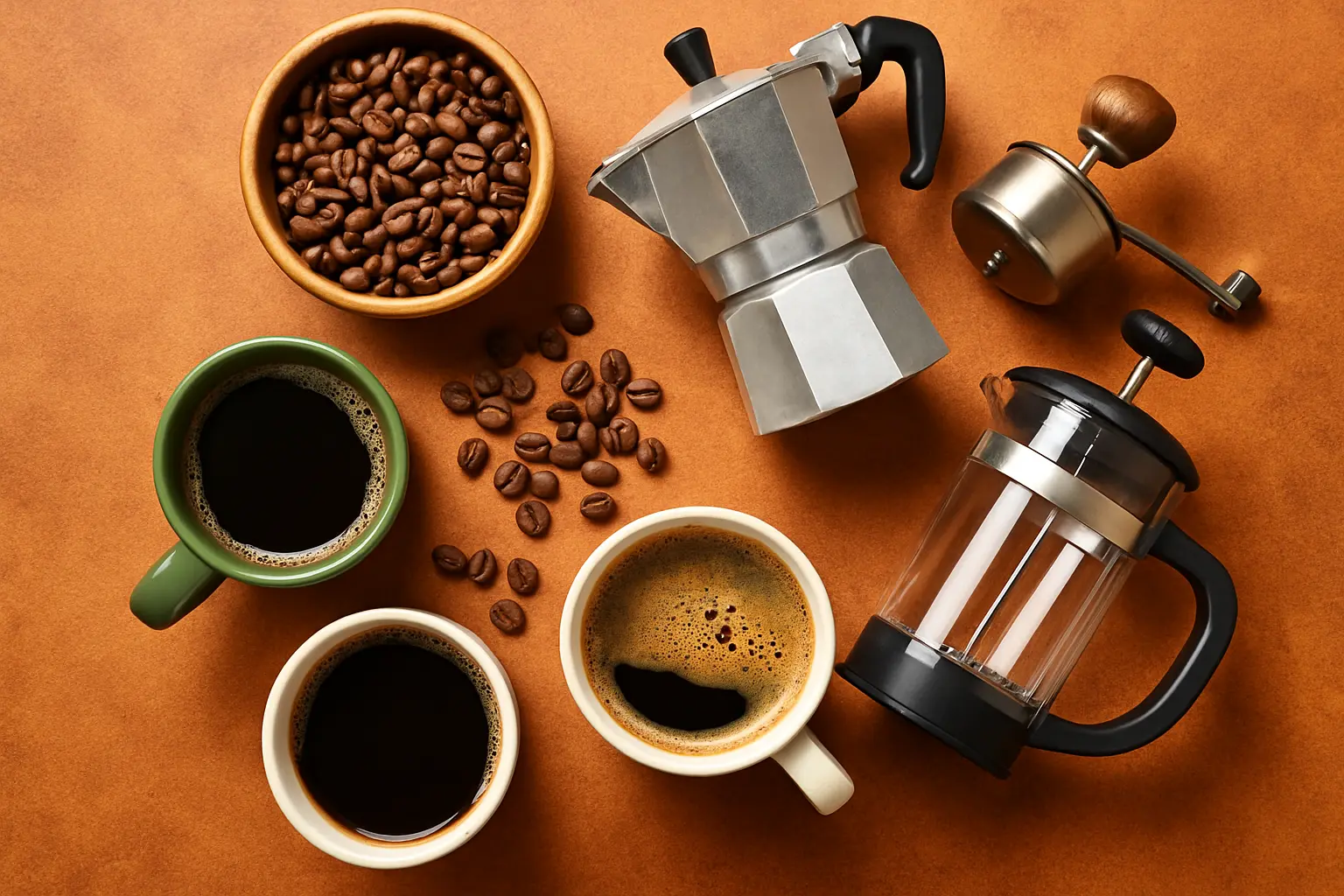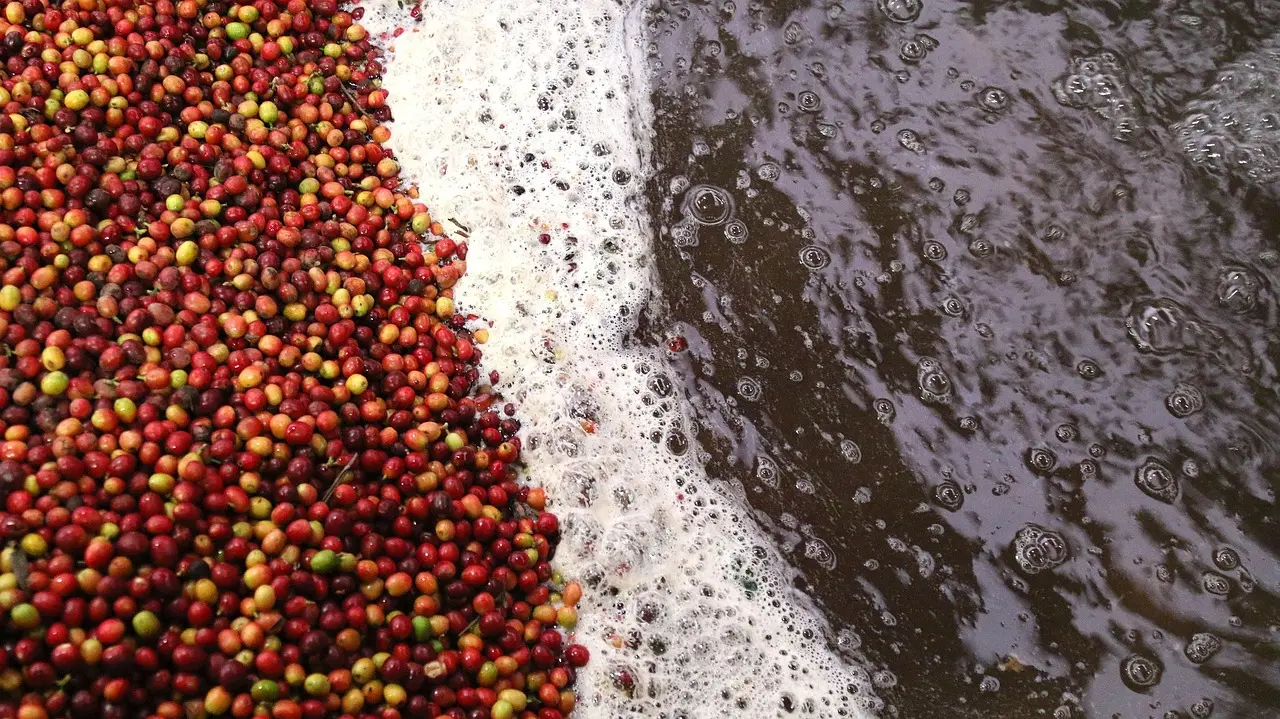
Espresso Beans vs Coffee Beans: The Surprising Differences Explained!
If you’ve ever stood in the coffee aisle wondering whether you need “espresso beans” or just regular “coffee beans,” you’re not alone! The world of coffee can be confusing, especially with so many labels and options. But don’t worry—this guide will clear up the confusion and help you make the best choice for your next cup.
What Are Coffee Beans?
Let’s start with the basics. Coffee beans are the seeds of the Coffea plant, and after harvesting, they’re roasted to different levels (light, medium, or dark). The term “coffee beans” is a general one—it refers to any beans that are roasted and ready to brew, no matter the method.
You can use coffee beans for:
- Drip coffee makers
- French press
- Pour-over
- Cold brew
- And yes, even espresso!
What Are Espresso Beans?
Here’s where it gets interesting. Espresso beans are not a different type of bean. Instead, the label “espresso” usually refers to the way the beans are roasted and sometimes how they’re ground.
Espresso beans are typically:
- Dark roasted: This brings out bold, rich, and slightly bitter flavors that stand up well to the high-pressure brewing of espresso machines.
- Finely ground: Espresso requires a fine grind to extract the right flavors quickly under pressure.
So, when you see a bag labeled “espresso beans,” it’s really just coffee beans roasted and ground with espresso in mind.
Key Differences: Espresso Beans vs Coffee Beans
Let’s break down the main differences:
1. Roast Level
- Espresso beans: Usually dark roasted for a strong, bold flavor.
- Coffee beans: Can be light, medium, or dark roasted, depending on your taste and brewing method.
2. Grind Size
- Espresso: Needs a fine grind for quick extraction under pressure.
- Regular coffee: Uses a coarser grind for slower brewing methods like drip or French press.
3. Flavor Profile
- Espresso beans: Rich, intense, and sometimes slightly bitter or smoky.
- Coffee beans: Can be fruity, floral, nutty, or chocolatey, depending on the roast and origin.
4. Intended Use
- Espresso beans: Best for espresso machines, moka pots, or Aeropress (with fine grind).
- Coffee beans: Versatile—use them for any brewing method!
Can You Use Coffee Beans for Espresso?
Yes! You can use any coffee bean to make espresso, as long as you grind it fine enough. The “espresso” label is more about marketing and suggested use than a strict rule. However, dark roasts tend to taste better in espresso because they produce a richer crema and bolder flavor.
Can You Use Espresso Beans for Regular Coffee?
Absolutely! Espresso beans are just dark-roasted coffee beans. You can use them in a drip machine, French press, or pour-over. Just adjust the grind size to match your brewing method.
Which Should You Buy?
- If you love strong, bold coffee or use an espresso machine: Go for espresso beans (dark roast, fine grind).
- If you enjoy experimenting with flavors and brewing methods: Choose coffee beans that match your preferred roast and grind them fresh.
Conclusion
The difference between espresso beans and coffee beans comes down to roast level and grind size, not the bean itself. Don’t be fooled by labels—choose the roast and grind that fit your taste and brewing style. With this knowledge, you’ll always pick the right beans for your perfect cup!
Ready to brew?
Buy Espresso Coffee Beans
















